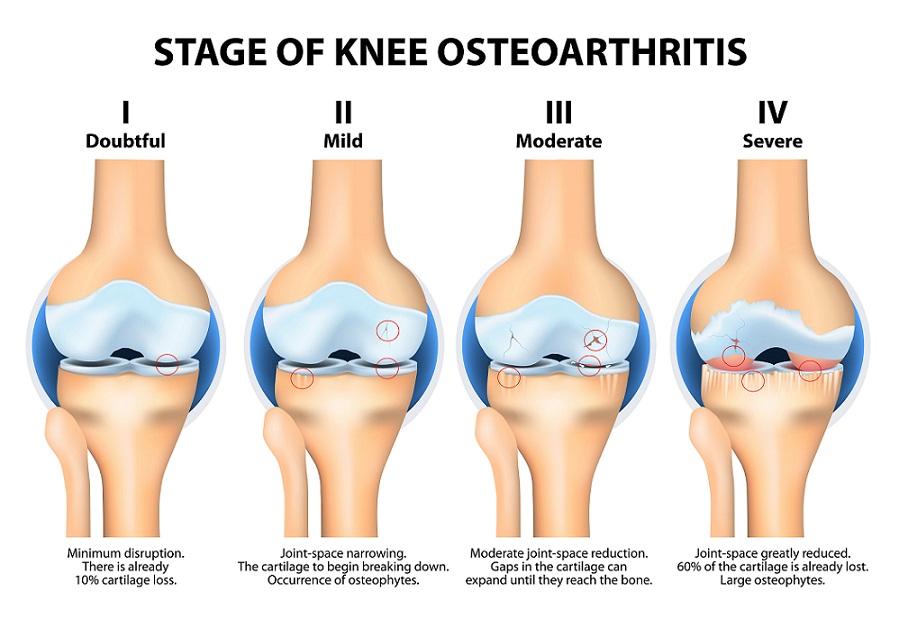Impact of Osteoarthritis:
Arthritis Research UK’s most recent ‘Osteoarthritis in General Practice’ report found that the number of people with Osteoarthritis (OA) in the UK has increased 2-4 times over the last 50 years and is expected to grow considerably with our ageing population; placing an unsustainable burden on health services and the economy. Due to its such widespread prevalence, OA is a hot target for newly developing drugs worldwide, aiming to reduce pain and inflammation whilst keeping side-effects to a minimum.
Development of the Condition
OA is a clinical syndrome of joint pain accompanied by the degeneration of cartilage (slippery tissue which primarily functions as cushion between bones) encapsulating the joints in the body. Eventually, after extensive depletion of the cartilage, the joint is left with just bone touching bone. This can cause severe pain and discomfort, huge amounts of swelling surrounding the joints and also a heavy impact on quality of life.
As joint cartilage gets worn away, the lubricated area becomes rougher and thinner, causing osteophytes (bone spurs) to form as well as stiffening of the knee ligaments, as the body tries to reinforce, stabilize and protect itself. Though having the opposite effect; increasing stiffness and reducing mobility in the knee.




